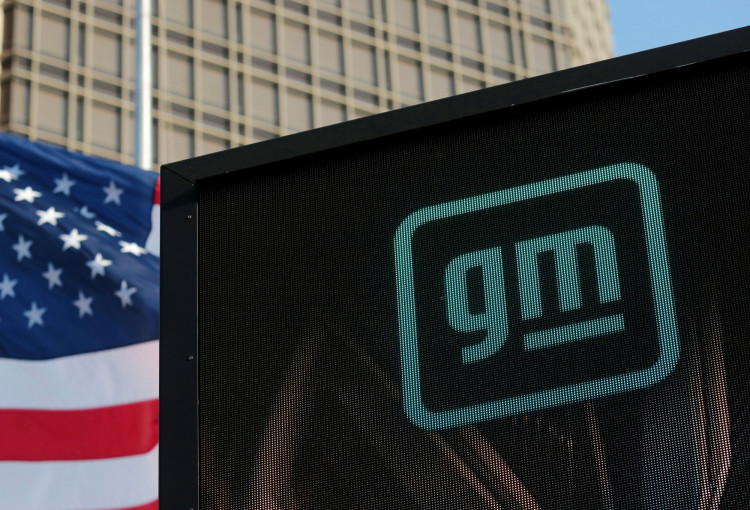In the midst of a six-week-long strike, General Motors (GM) and the United Auto Workers (UAW) union have been engaged in intense negotiations, with talks stretching until the early hours of Friday morning. The discussions, which have been described as "marathon bargaining," have been aimed at reaching a labor contract deal to end the ongoing strike that has significantly impacted the automotive industry.
The negotiations between GM and UAW reconvened midday Friday after a prolonged session that lasted until about 5 a.m. Eastern. The potential agreement is being modeled after a tentative deal the UAW reached with Ford Motor earlier in the week. This development has led many to believe that the finish line for the GM-UAW negotiations is in sight.
Both GM CEO Mary Barra and UAW President Shawn Fain were actively involved in the discussions. While Barra was present in person, Fain participated virtually. Notably, Fain was juggling negotiations with both GM and Chrysler parent Stellantis, with the two sets of talks taking place roughly 30 minutes apart. Stellantis also engaged in extensive discussions, hinting at the possibility of a deal in the near future.
The Ford agreement, which is still pending ratification by union members, includes a 25% wage hike over the 4½-year contract duration, an increase in retirement contributions, and the elimination of lower-pay tiers for certain parts operations workers at Ford. Additionally, the time required for workers to reach top pay has been reduced from eight years to just three. The UAW also secured the right to strike over plant closures. When compounded with cost-of-living mechanisms, the deal represents a total pay increase of over 33%, as stated by the UAW.
Ford's Chief Financial Officer, John Lawler, disclosed that the strike had cost the automaker a staggering $1.3 billion in earnings and resulted in a production loss of 80,000 vehicles.
The ongoing strikes, initiated by the UAW after failing to reach new deals before a September 14 deadline, have cost GM, Ford, and Stellantis billions in lost production. The strikes began on September 15, with thousands of union members walking out of plants and joining picket lines. The labor unrest has been described as one of the most significant in recent U.S. automotive history.
The current negotiations between GM and the UAW are particularly noteworthy given the contentious nature of the discussions. The union's approach this time around has been described as more confrontational and strategic than in previous years. Instead of negotiating with each automaker individually, the UAW initiated talks with all three major automakers simultaneously.
As the automotive industry keenly watches the developments, the hope is that a resolution will soon be reached, bringing an end to the strikes and restoring normalcy to the sector.






